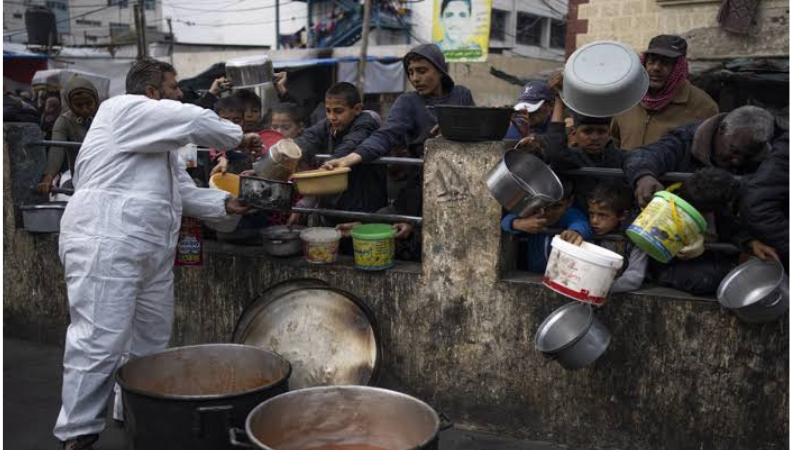Gaza’s hunger crisis is not only statistic, but a set of narratives such as Yasmin Eid, amother of six, who prepares one daily meal over an open fire for her family. Withsupplies of food stocks decreasing and food prices rising – a bag of bread now costs$13 – the 2.3 million people in Gaza are in serious danger of going hungry. The crisisescalated following the seizure of 100 aid carrying vehicles. Together, the delivery hasreduced from 500 trucks daily pre-war to 60 trucks daily in November hence closer tofamine.The humanitarian crisis grew steadily after the Knesset of Israel banned the activities ofthe UNRWA in the Gaza Strip. The food prices have risen by 312 percent since the warstarted; from august to September 2024, they rose by 77 percent. The local farming,supply chains, and people’s living standards have been almost completely eradicated,and the 2 million people are starving due to the shortage of food and famine, they aredwelling in camps with more than 40 thousand people per square kilometer.The situation has worsened significantly over the years, current humanitarian supplieshave decreased significantly to the levels of early 2024 when there was already severemalnutrition. She also stated that the social determinants of health have deteriorated:health services, drinking water, and sanitary systems have broken down more, and thissituation will create ideal grounds for diseases in overcrowded areas.The IPC Famine Review Committee directs its attention toward the fact that earlyintervention is the only way to avoid worst-case scenarios. Some of the proceduralactions are as follows: first, the implementation of the ceasefire, second, the resumptionof the activities of the UNRWA, third, the reconstruction of the local agriculture industry.Such important health interventions as polio vaccination have been affected leading tomany people in the vulnerable group being at high risk of diseases.

